About 28 km from the coastal city of Quy Nhon ( Gia Lai ), Thap Thap Pagoda lies peacefully next to the rice fields and forests of An Nhon commune (formerly belonging to An Nhon town, Binh Dinh province).

Thap Thap Pagoda is an ancient pagoda in Gia Lai.
PHOTO: DUC NHAT
The pagoda is located to the north of the ancient citadel of Do Ban (the ancient capital of Champa) and next to Highway 1. In the past, this area was a high mound with 10 ancient Cham towers guarding the north side of Do Ban citadel. After hundreds of years of rain and sun, and war, these ancient towers gradually collapsed, leaving only ruins.





After hundreds of years of ups and downs, the pagoda still retains its simple, traditional features.
PHOTO: DUC NHAT
In 1677, Zen Master Nguyen Thieu, a high-ranking monk of the Lam Te Zen sect, came to Quy Ninh prefecture (now Gia Lai province) to practice and spread Buddhism. When he arrived at Do Ban citadel, he saw 10 ancient ruined towers. From the remaining bricks and stones, the Zen master collected and used them to build a pagoda.





In the main hall, horizontal lacquered boards and parallel sentences hung on the crossbars further enhance the solemnity and antiquity of the ancient temple.
PHOTO: DUC NHAT
In 1683, under the reign of Chanh Hoa of the Le Dynasty, the pagoda was completed and named “Thap Thap Di Da Tu”. Lord Nguyen Phuc Tan granted the title and honored it as “Sac Tu Thap Thap Di Da Tu”. Since then, the pagoda became one of the first national pagodas in Dang Trong, marking an important development step of Buddhism on its journey from North to South.





The large wooden pillars in the main hall are kept intact, exuding an ancient, mossy look.
PHOTO: DUC NHAT
Over the past 350 years, the pagoda has undergone many changes, damage and restorations, but still retains its traditional architecture. From the yin-yang tiled roof to the large wooden pillars in the main hall or the screens and animal statues, everything is kept intact, exuding an ancient mossy look. Thanks to that, the pagoda not only maintains its spiritual value but also attracts Buddhists and tourists.
The pagoda has a traditional Vietnamese architecture, simple yet solemn. The entrance through the lotus pond leads to a gate with two square pillars with lion statues, above which is written "Ten Towers". Behind the gate is a prominent screen with the image of a dragon and horse pagoda.
The temple has a "mouth" shape, consisting of 4 main areas: the main hall (400 m²), the abbot's quarters (130 m²), the west hall (120 m²) and the east hall (150 m²), connected through a square courtyard in the middle.


18 Arhats at Thap Thap Pagoda
PHOTO: DUC NHAT
The main hall has a roof covered with yin-yang tiles, on the roof are statues of two dragons facing a green pearl in the middle of the top. Inside the main hall is a 3-room, 2-wing house typical of the South Central region. The abbot's quarters behind the main hall are the place to worship Venerable Phuoc Hue and receive monks. The East Hall is where monks receive guests and live. The West Hall worships the first founder Nguyen Thieu, his successors and deceased Buddhists. In addition, to the west is the Holy House worshiping the Nine Heavenly Goddesses and the Ten Kings of Hell; to the east is the kitchen.
The ancestral tower garden in the north has more than 20 ancient towers, this is the resting place of generations of abbots; behind is Bach Ho tower and Hoi Dong tower.




The ancestral tower garden is the resting place of the abbots.
PHOTO: DUC NHAT
Thap Thap Pagoda is not only an ancient architectural work, but also a major Buddhist center of Binh Dinh for many centuries. Since the 17th century, this place has spread the Lam Te Zen sect to Dang Trong, laying the foundation for the development of Buddhism in the Central region.
The pagoda is a familiar spiritual address for Buddha's birthday, Vu Lan, and the memorial ceremony of founder Nguyen Thieu...

For a long time, Thap Thap Pagoda has become a place of prayer and worship for Buddhists and local people.
PHOTO: DUC NHAT
After more than 300 years of existence, Thap Thap Pagoda still plays the role of the cultural "soul" of the land that was once the ancient capital of Do Ban, where Buddhism, history and Cham-Vietnamese identity blend, and ancient bricks still tell stories that have not ended for a thousand years.
Source: https://thanhnien.vn/can-canh-ngoi-chua-thap-thap-gan-350-tuoi-o-gia-lai-185250809112742822.htm





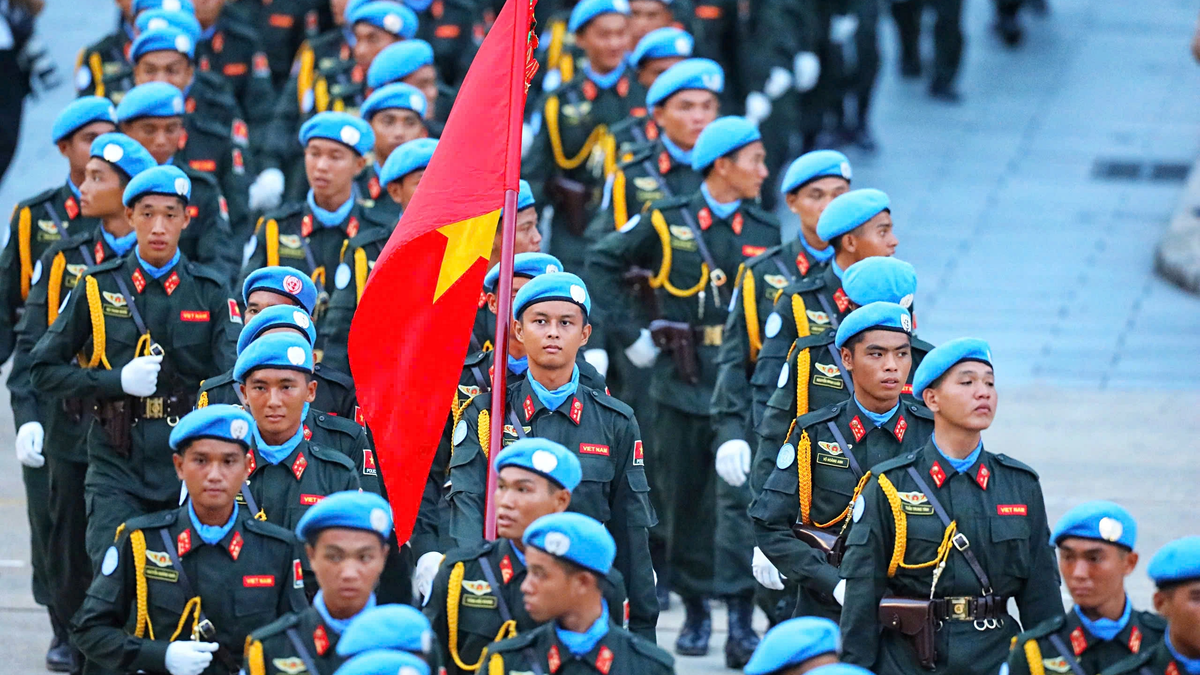


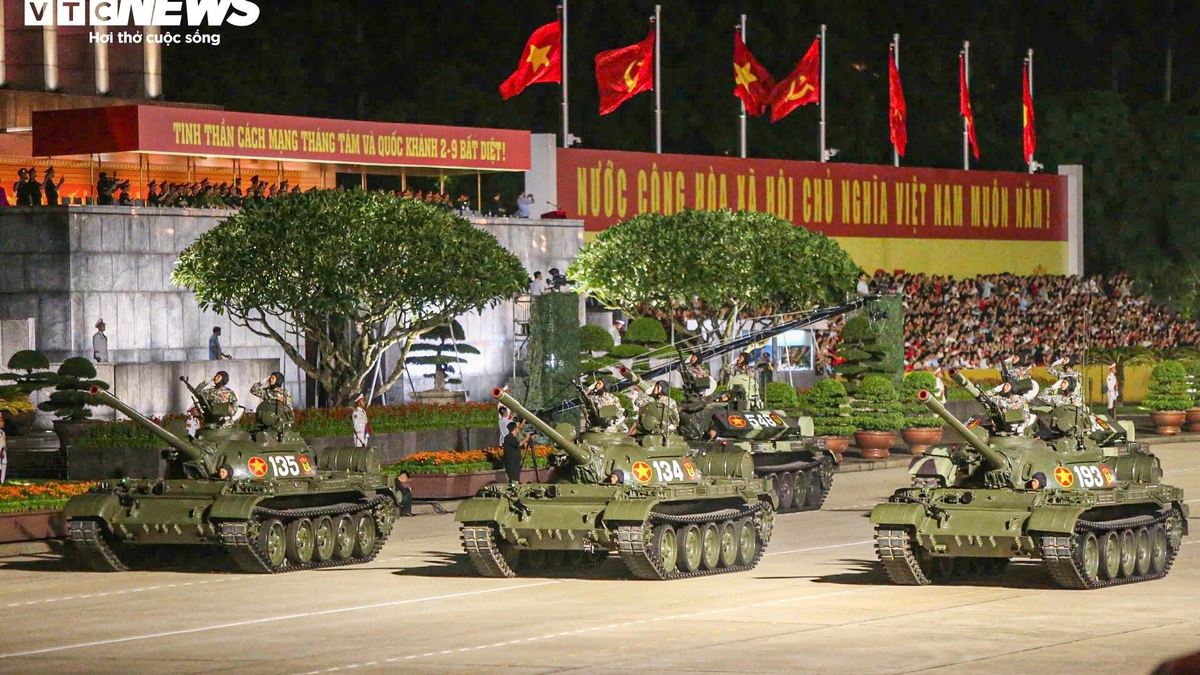

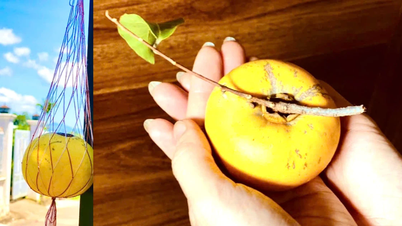




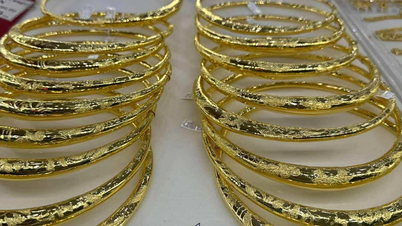







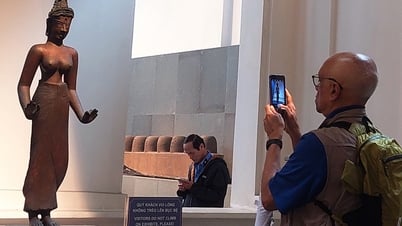















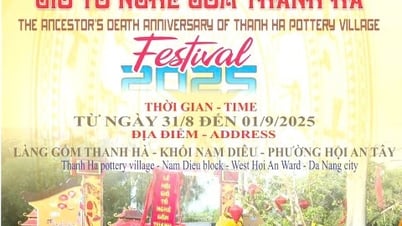

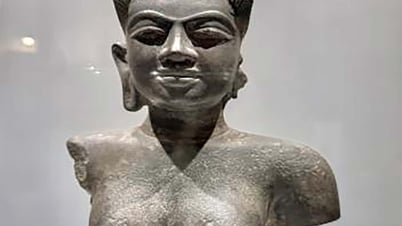

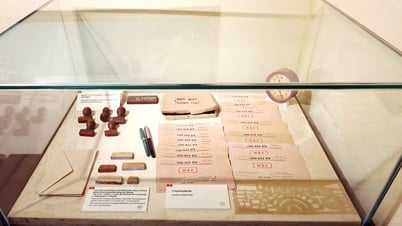


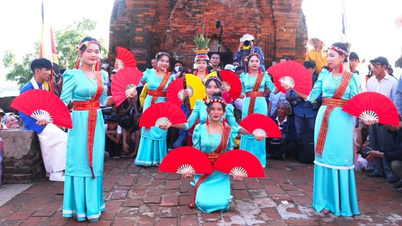

























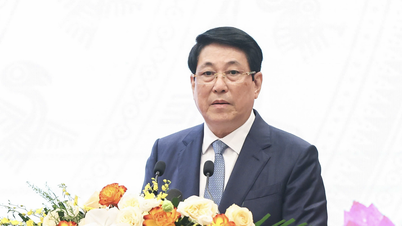










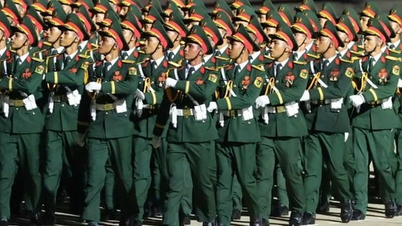



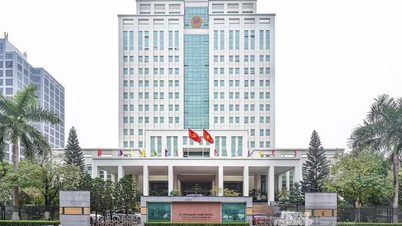

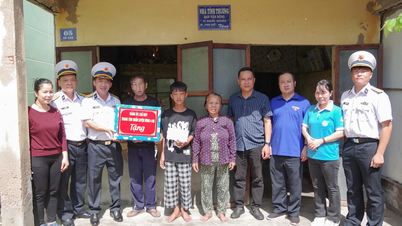






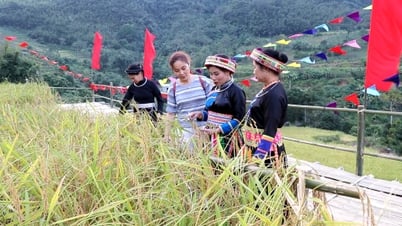




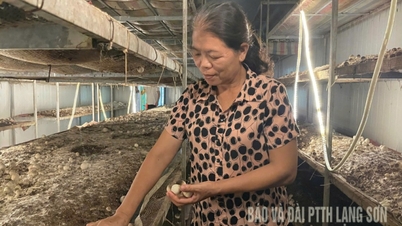


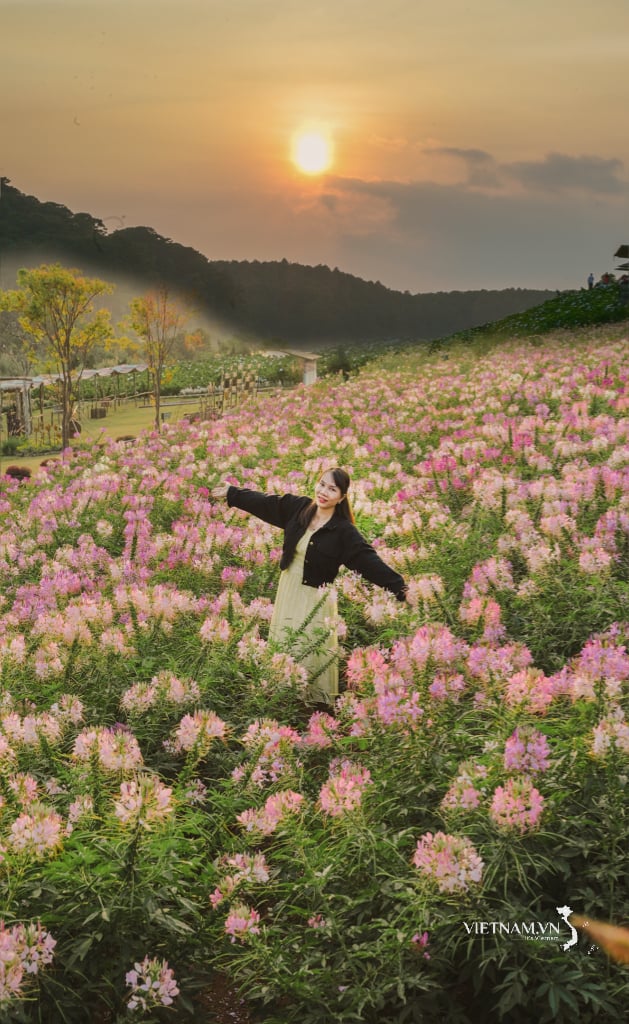
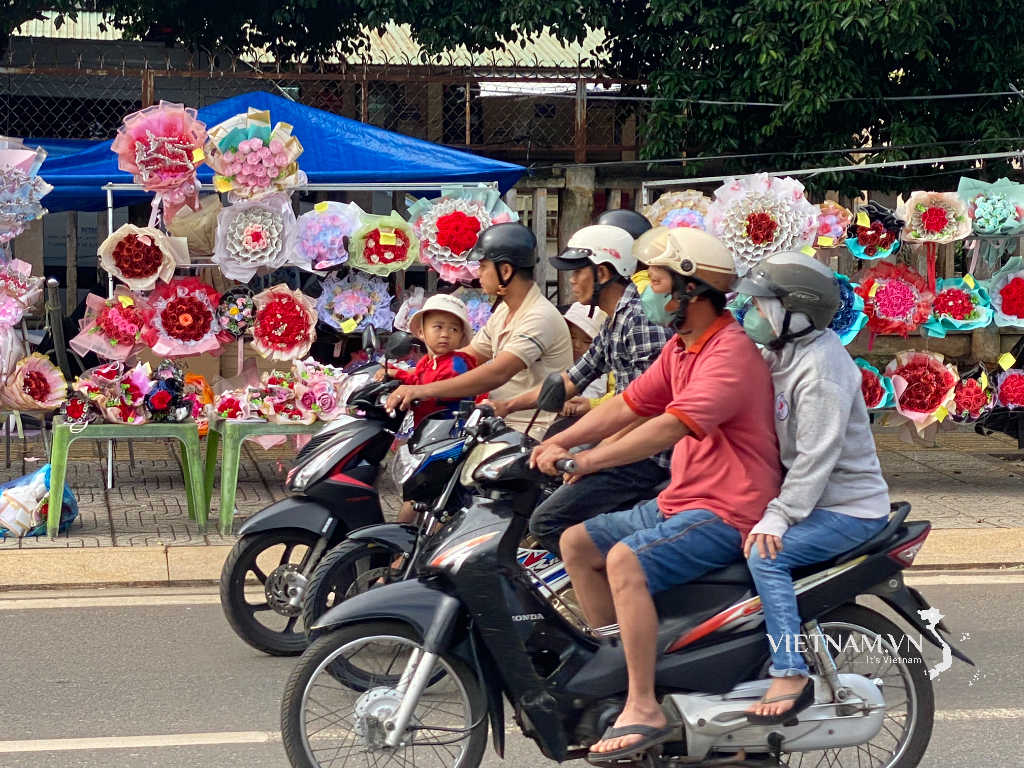
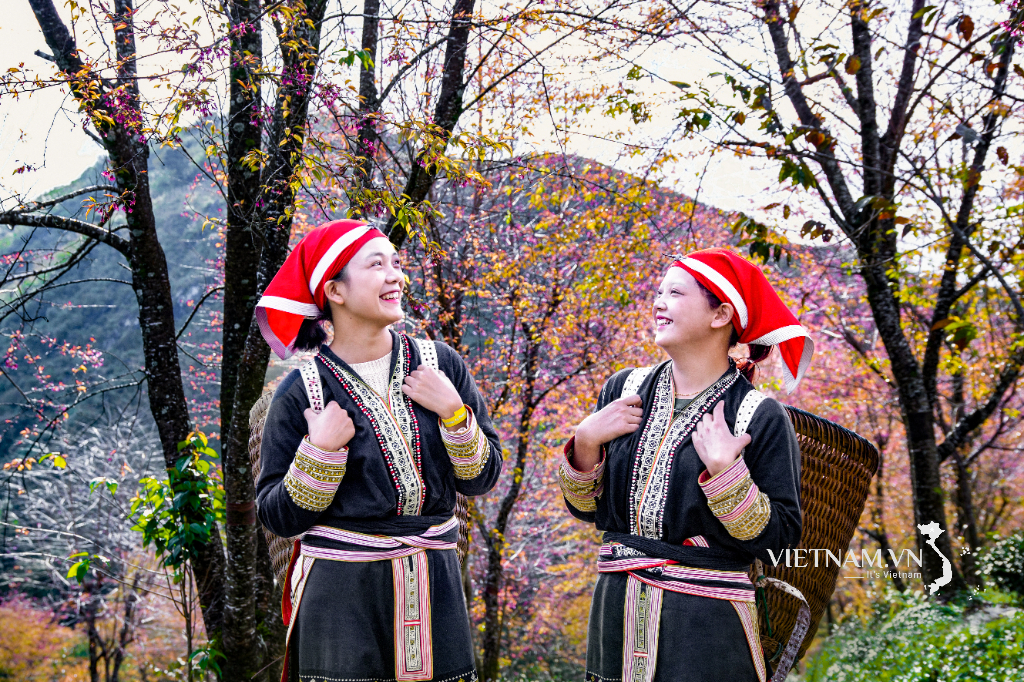
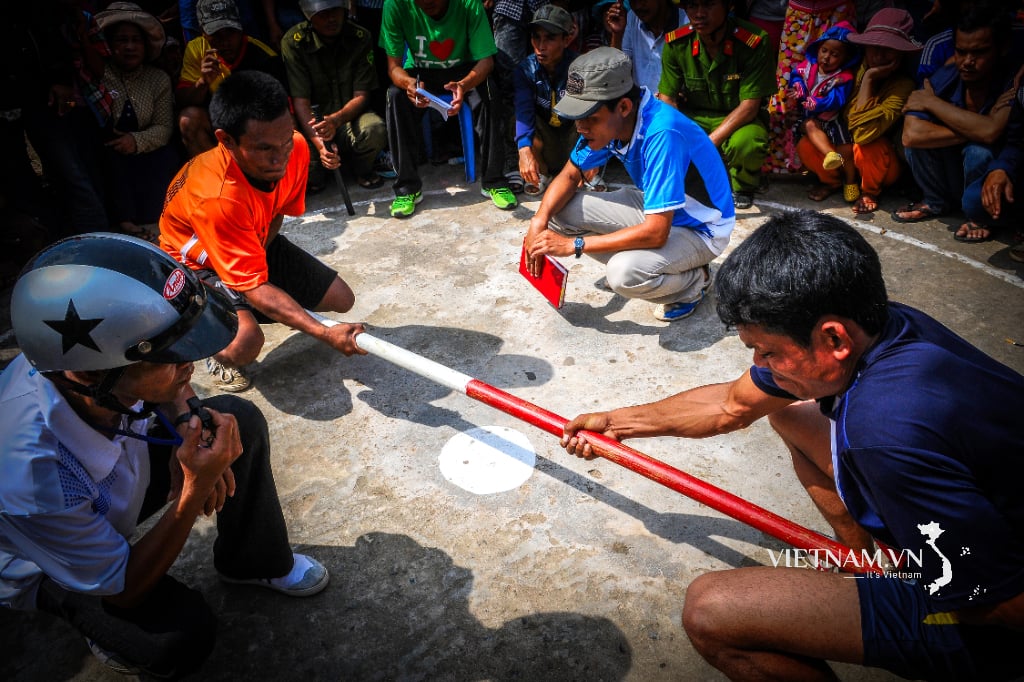
Comment (0)